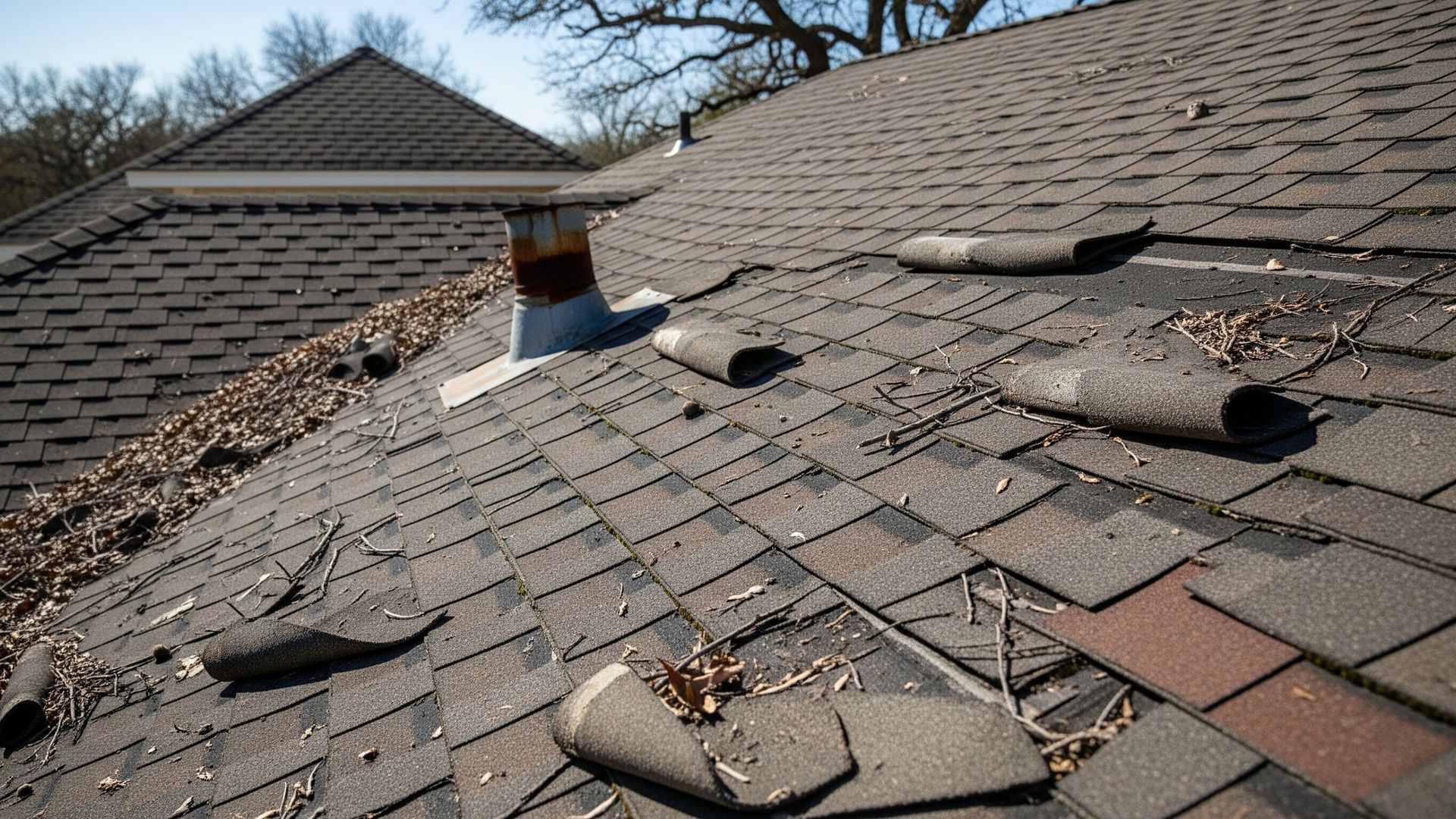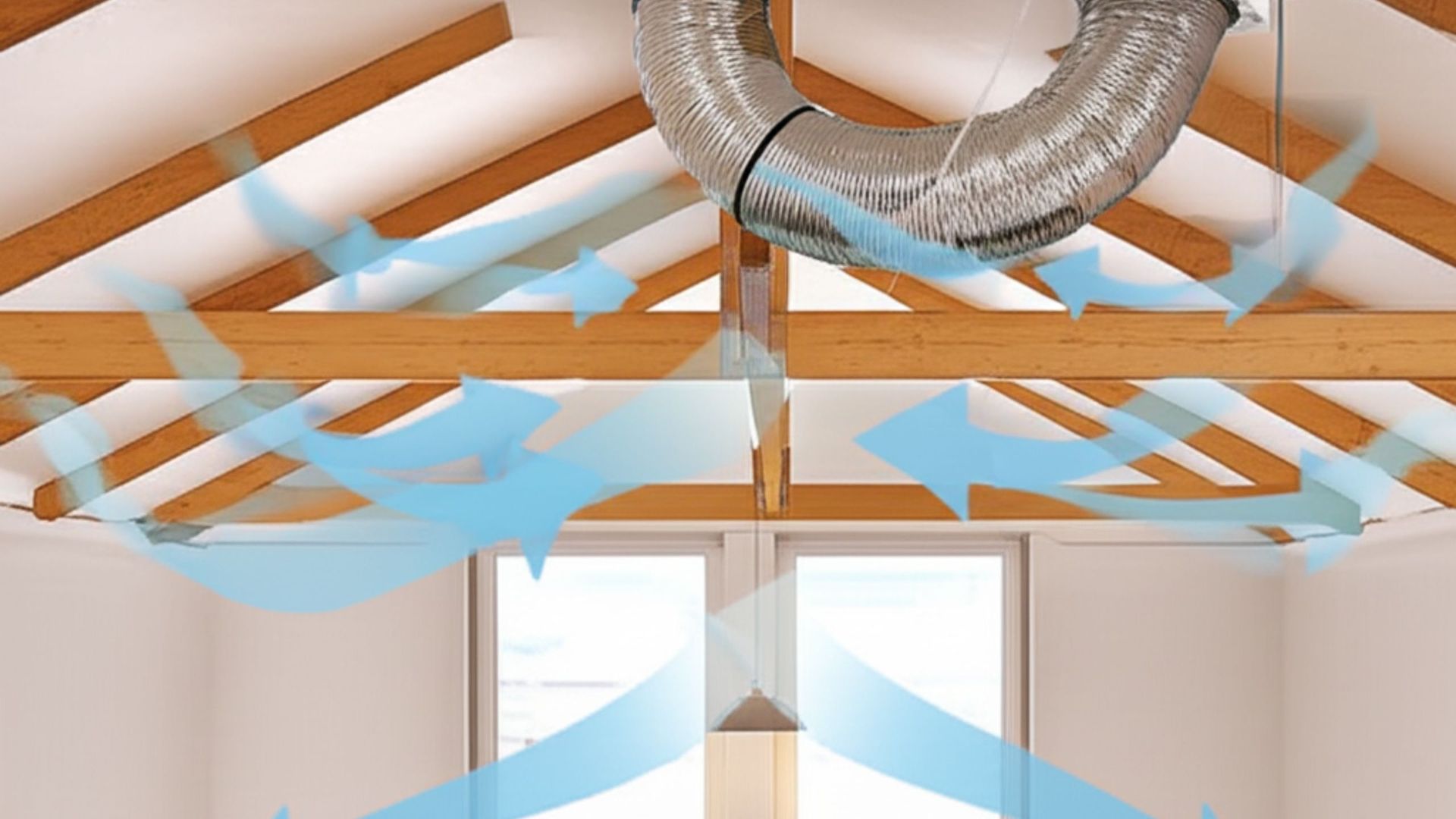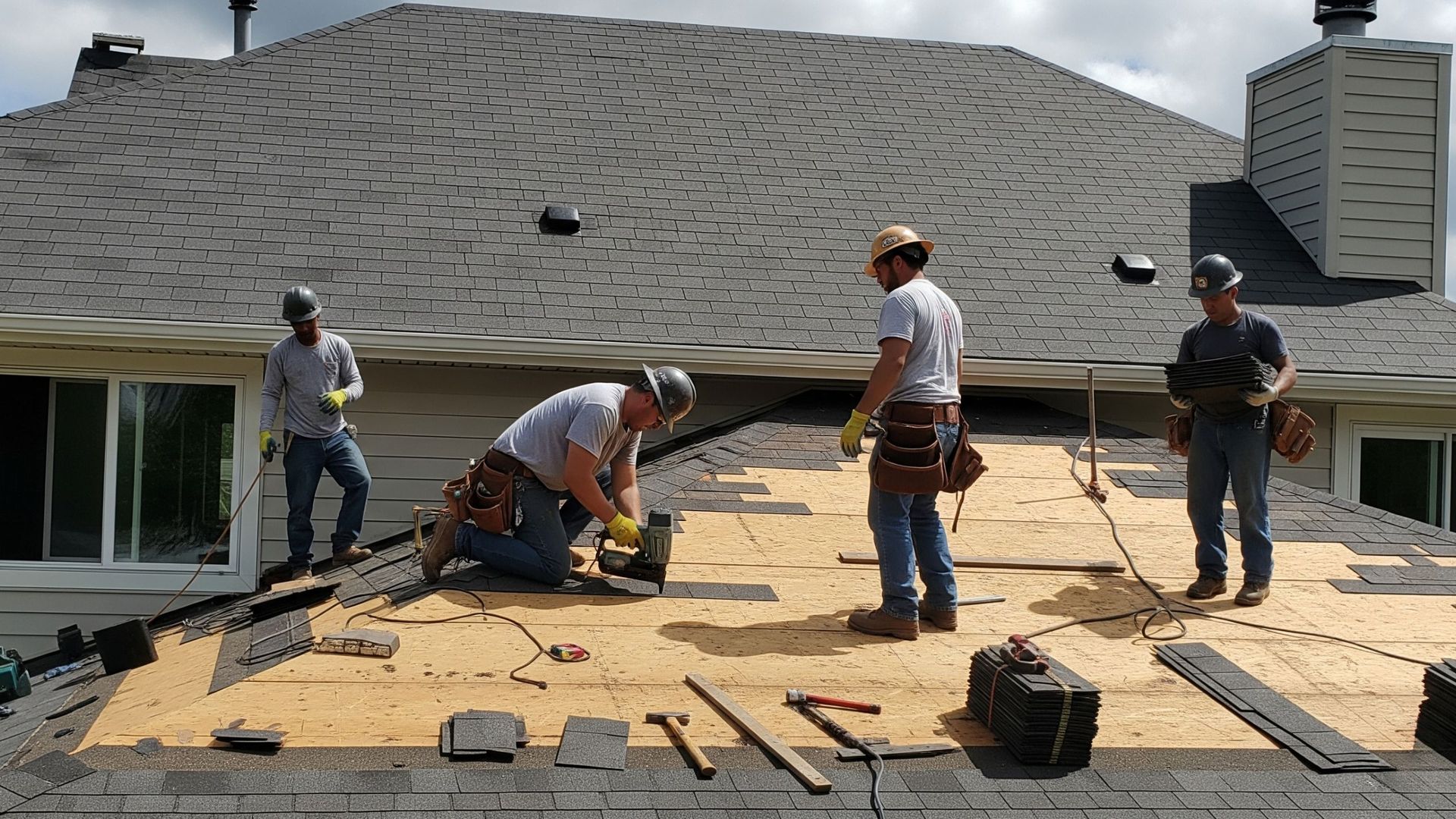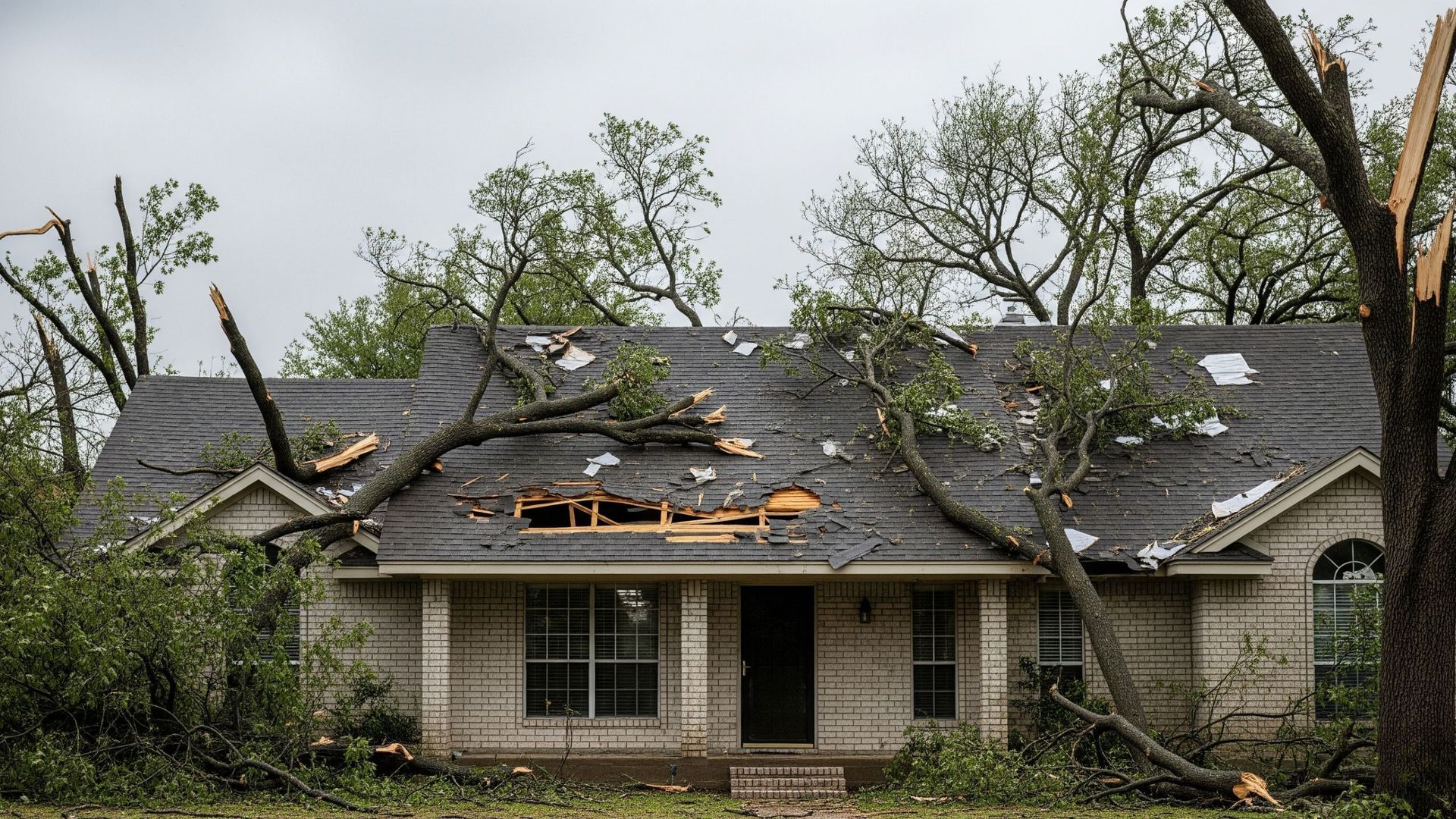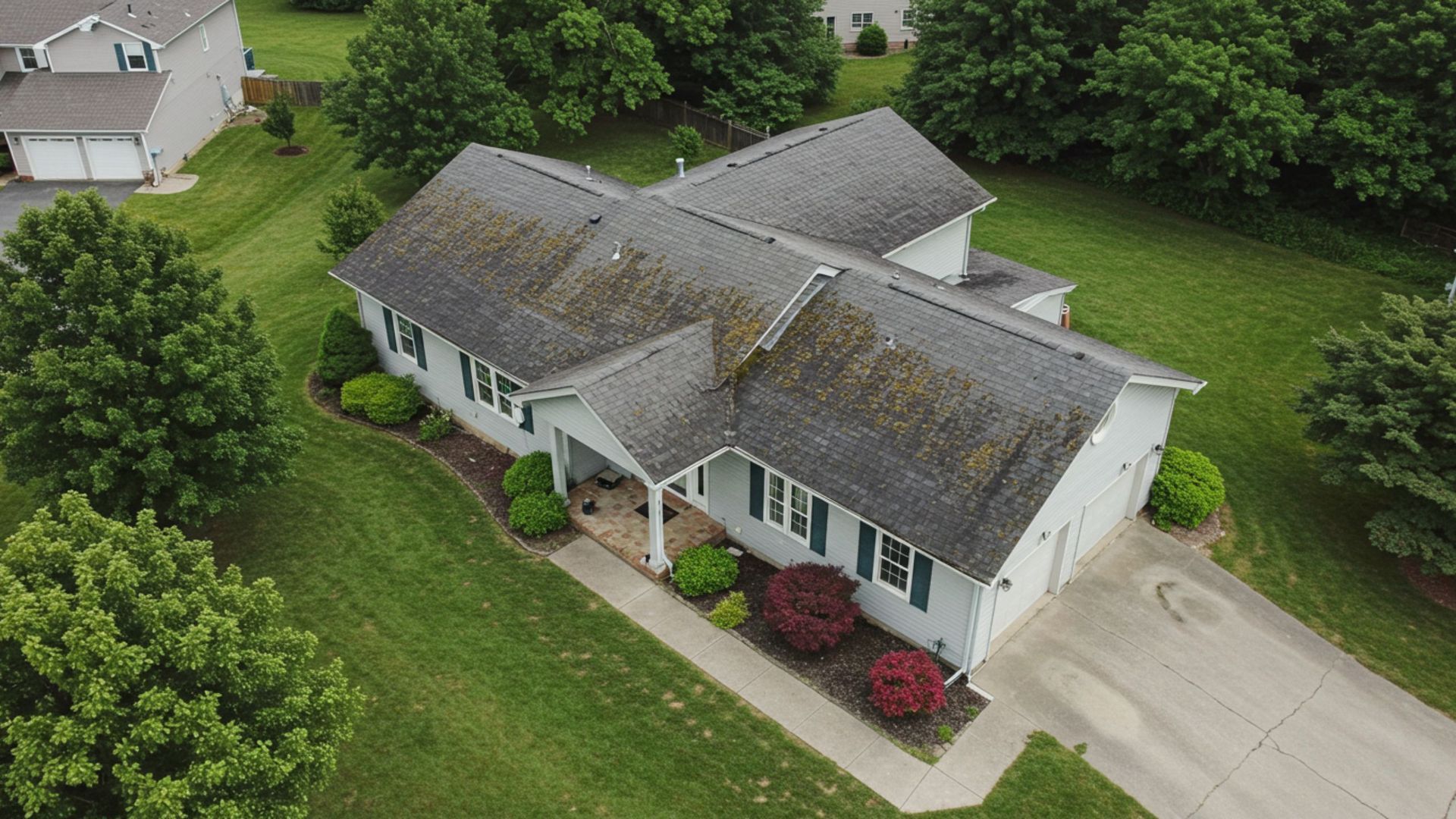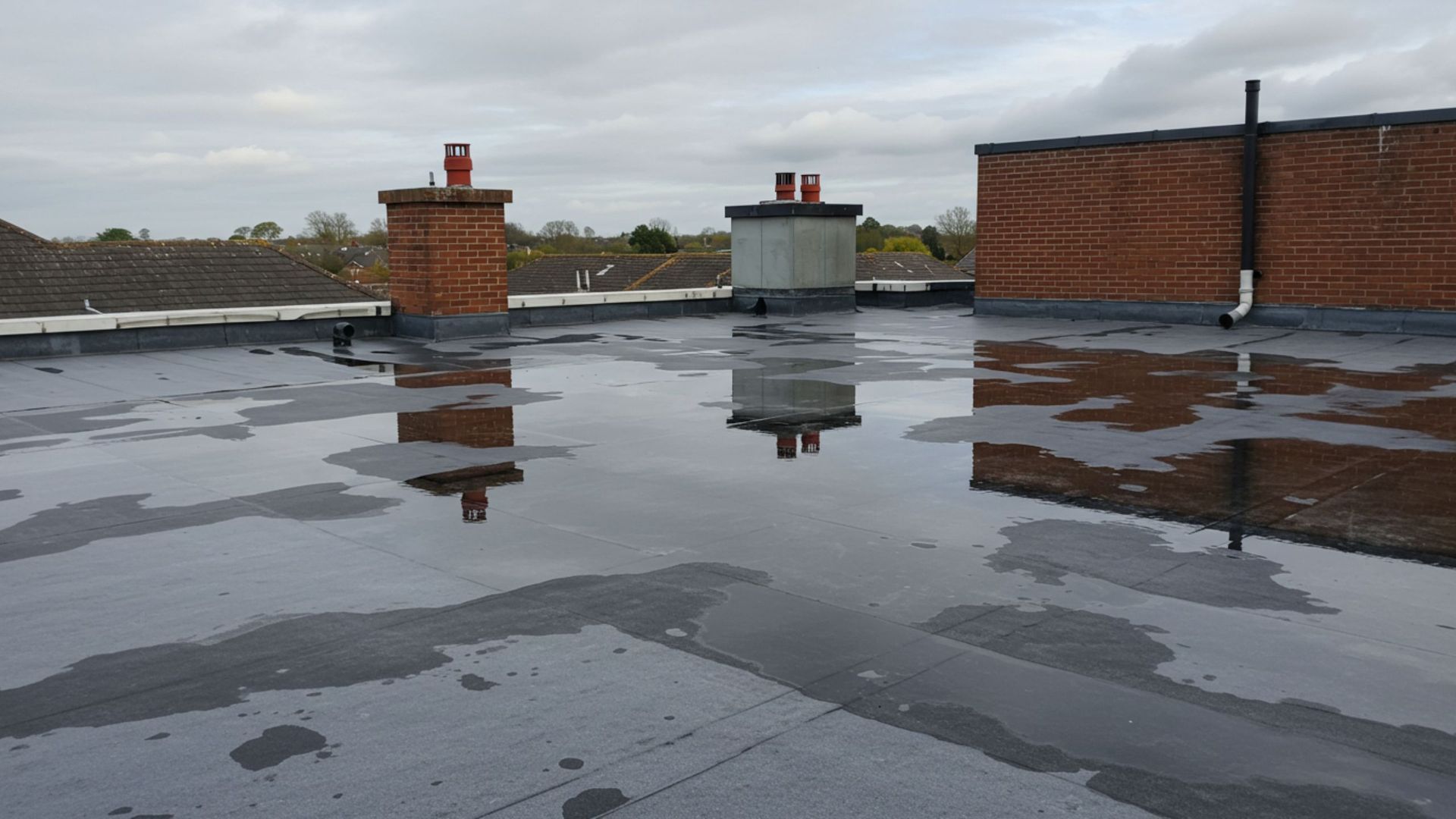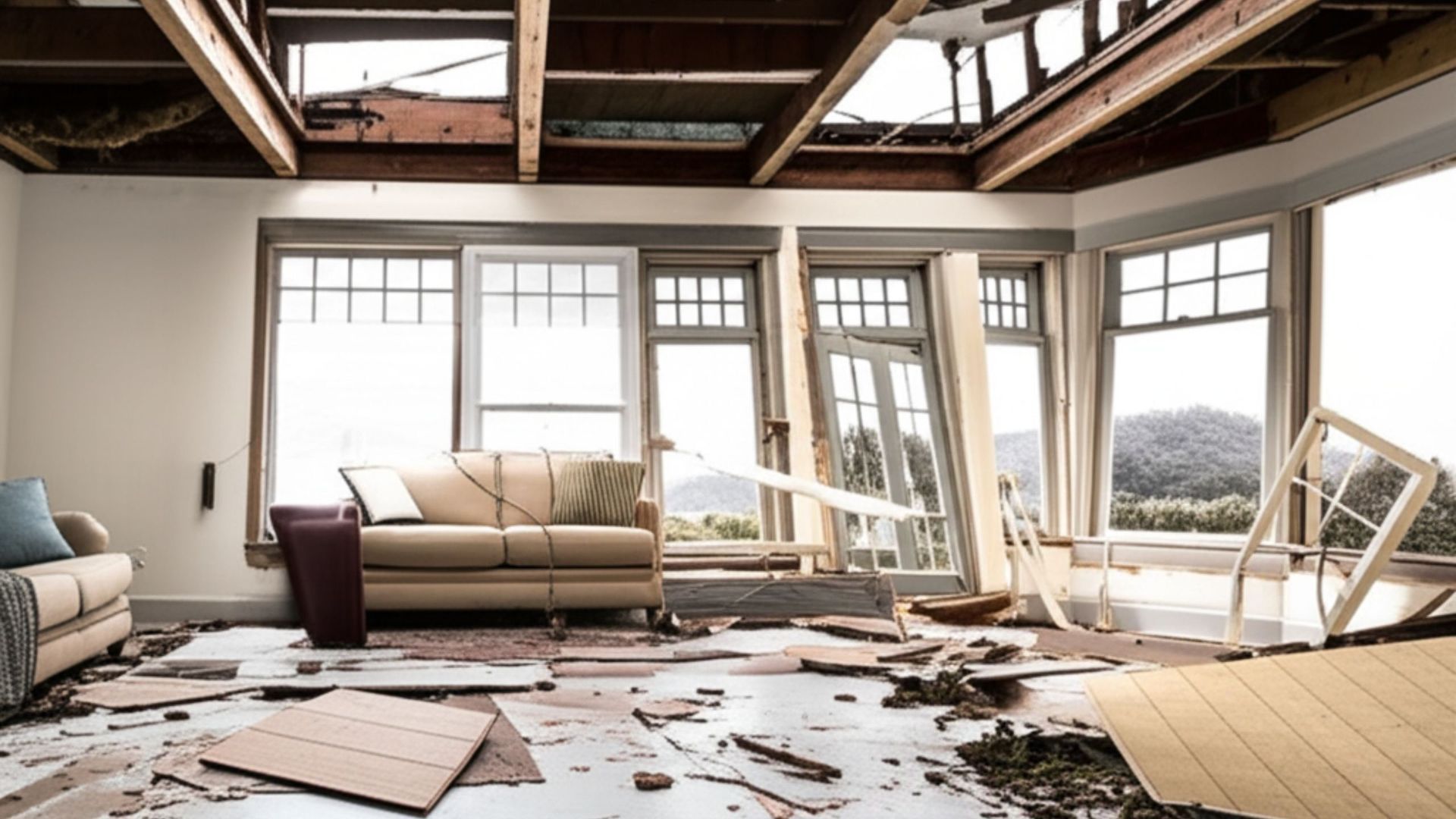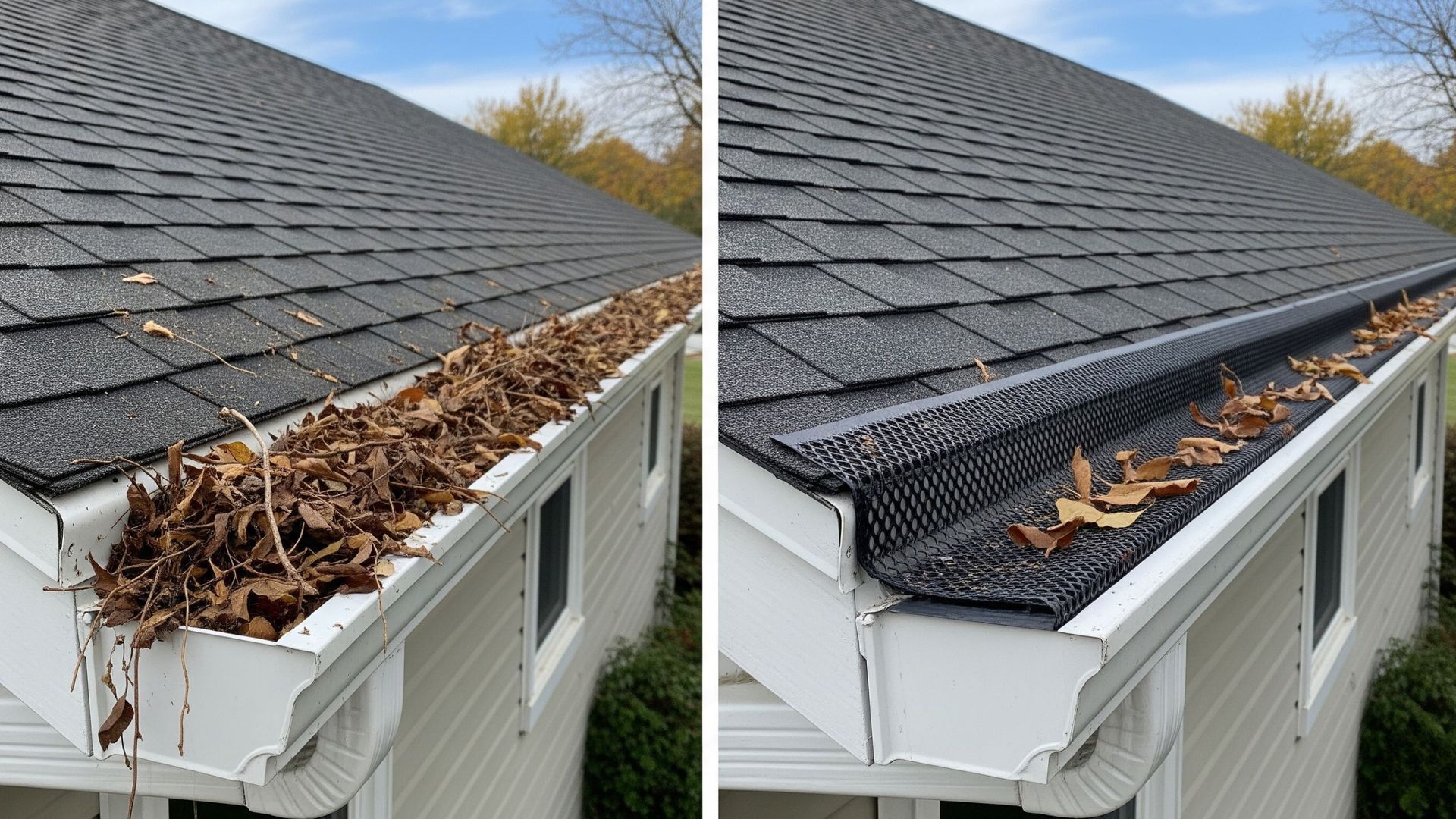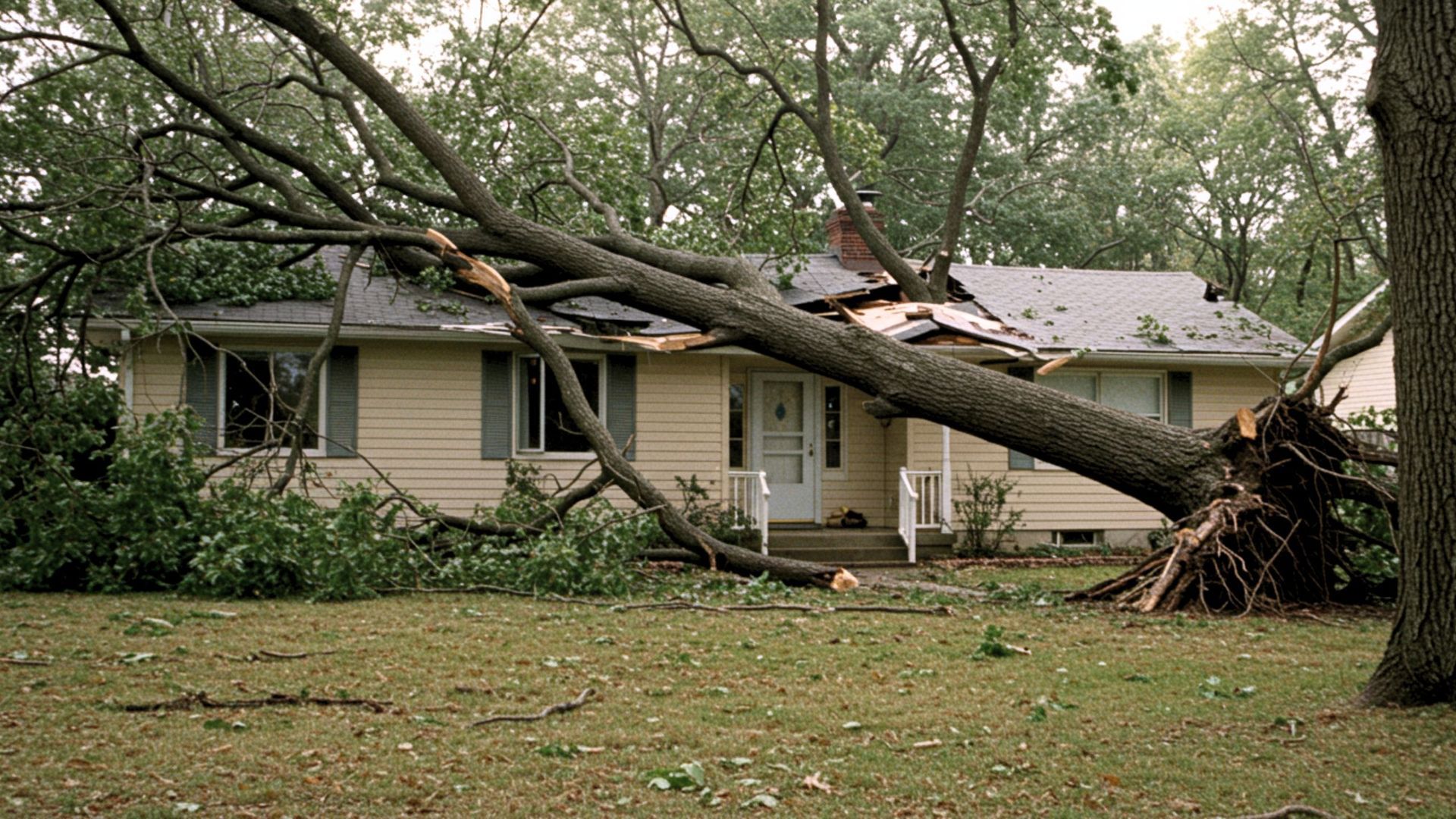What Roofing Material Is Best for a Flat Roof?
If your home, garage, or addition has a flat or low-slope roof, choosing the right roofing material matters more than you might expect. Unlike pitched roofs, flat roofs can’t easily shed water. This means materials must work harder to resist pooling, leaks, and heat—especially in climates like ours here in Texas.
Let’s explore the most common flat roofing options and how to determine which one is right for your property.
Understanding Flat Roof Challenges
Flat roofs may appear simple, but they encounter unique conditions:
- Water doesn’t drain as easily.
- Sun exposure can be extreme.
- Minor cracks can lead to major leaks.
- The surface may support foot traffic or HVAC units.
That’s why selecting the right material is not just about budget; it's about protection, performance, and long-term peace of mind.
Top Roofing Materials for Flat Roofs
Not all roofing materials are designed for flat surfaces. Here are a few that are—along with their pros and cons:
1. Modified Bitumen (Mod Bit)
This asphalt-based material is one of the most common choices for flat roofs.
Pros:
- Durable and tear-resistant.
- Effective in hot and cold temperatures.
- Can be installed with a torch or peel-and-stick method.
- Often used on residential and commercial buildings.
Considerations:
- Requires proper sealing at seams.
- Needs experienced installation for best results.
2. TPO (Thermoplastic Polyolefin)
TPO is a single-ply membrane that reflects heat and resists UV damage.
Pros:
- Energy-efficient (reflects sunlight).
- Lightweight and flexible.
- Suitable for large, open roof surfaces.
- Heat-welded seams provide strong waterproofing.
Considerations:
- May not last as long as other systems.
- Quality varies depending on manufacturer.
3. EPDM (Ethylene Propylene Diene Monomer)
Often referred to as “rubber roofing,” EPDM is a flexible membrane commonly used on flat roofs.
Pros:
- Simple to install.
- Long-lasting when properly maintained.
- Excellent resistance to sun and heat.
- Low-cost option for many homeowners.
Considerations:
- More prone to punctures.
- Appearance (black rubber) is less aesthetic than other options.
4. PVC (Polyvinyl Chloride)
PVC roofing is similar to TPO but offers added strength and chemical resistance.
Pros:
- Long-lasting (20–30 years).
- Strong seams and puncture resistance.
- Fire- and chemical-resistant.
- White surface reflects UV rays.
Considerations:
- Higher upfront cost.
- Can shrink over time if not installed correctly.
Which One Is Best for
Your Flat Roof?
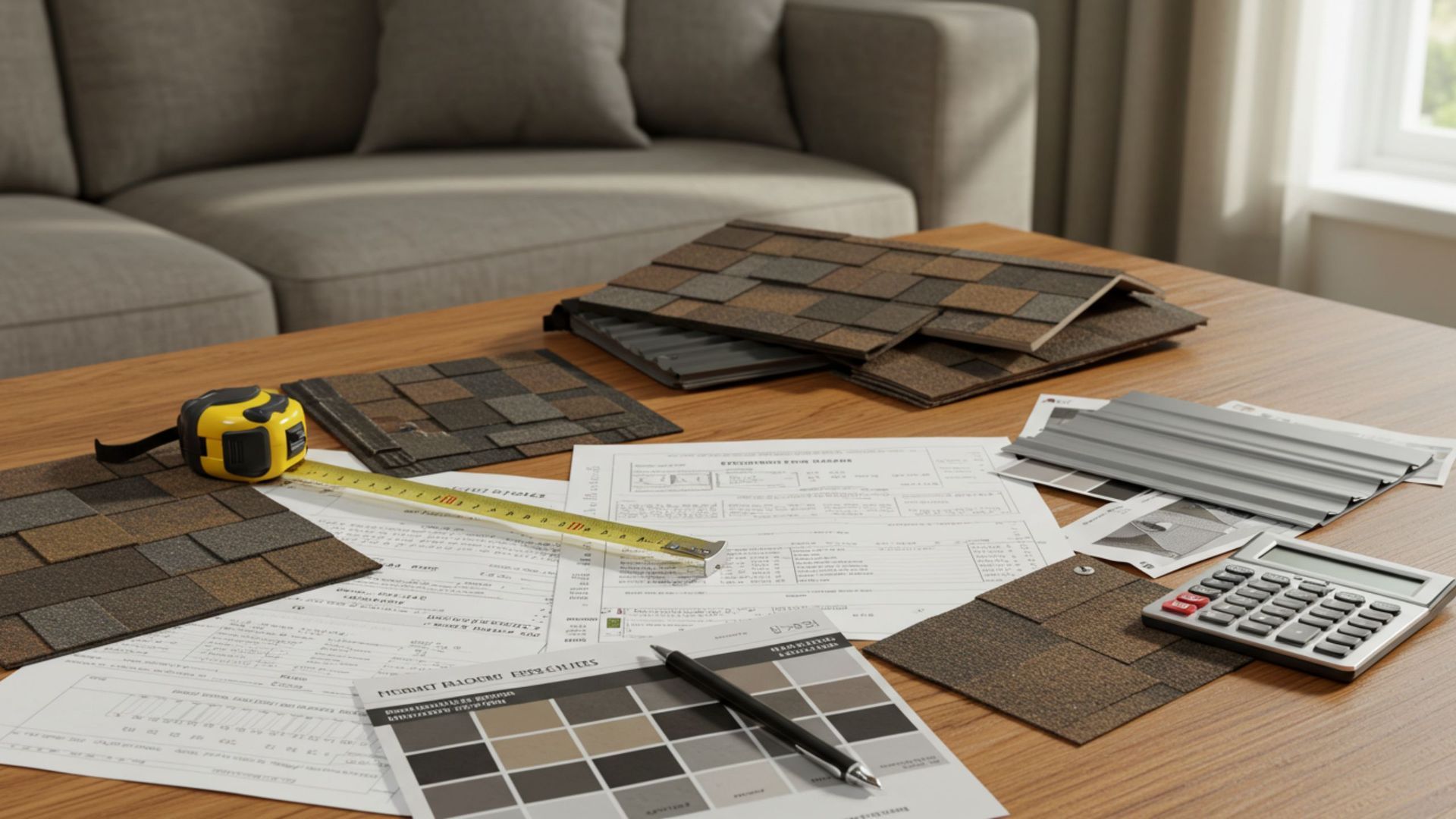
That depends on a few key factors:
- How much sun does your roof receive?
TPO and PVC reflect sunlight, making them ideal for hot, sunny areas.
- Do you expect foot traffic?
Modified bitumen and PVC tend to withstand pressure better.
- What’s your budget?
EPDM is often the most affordable, while PVC offers a longer lifespan at a higher cost.
- Do you want energy savings?
White membranes like TPO and PVC can help reduce cooling costs.
No matter which material you choose, proper installation and regular inspections are essential for long-term performance.
Flat Roofs in Texas: What to Keep in Mind
With high heat, humidity, and seasonal storms, flat roofs in Montgomery, Walker, San Jacinto, and Waller Counties face many challenges. Choosing the right roofing material—and ensuring it’s installed by professionals familiar with local conditions—can make the difference between a leak-free season and costly repairs.
📞 Call us today for a free inspection: 936-209-4773
